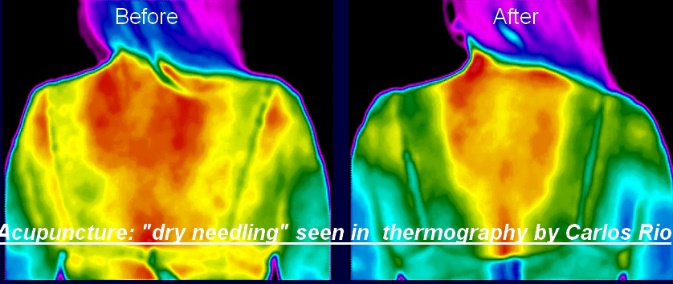You may feel sore immediately after treatment in the area of the body you were treated, this is normal but does not always occur. It can also take a few hours or the next day before you feel soreness. This may vary depending on the area of the body that was treated, as well as, varies person to person, but typically it feels like you had an intense workout at the gym. Soreness typically lasts 24-48 hours. If soreness continues beyond this, please contact our office. It is recommended that you increase your water intake for the next 24 hours after treatment to help avoid soreness.
It is common to have bruising after treatment; some areas are more likely than others. Some common areas are shoulders, base of neck, head and face, arms and legs. Large bruising rarely occurs but can occur. Use ice to help decrease the bruising and if you feel concern please call our office.
It is common to feel tired, nauseous, emotional, giggly or “loopy”, and/or somewhat “out of it” after treatment. This is a normal response that can last up to an hour or two after treatment. If this lasts beyond a day contact our office as a precaution.
There are times when treatment may actually make your typical symptoms worse. This is normal. If this continues past the 24-48 hours be sure to inform the doctor and he will adjust your treatment based on your reaction.

It is recommended that you increase your water intake for the next 24 hours after treatment to help avoid soreness.
These treatments are not covered by insurance due to the fact that most of the products used are natural and not regulated by the FDA, ADA, CDC, etc…. This is for information purposes only and not for diagnosis.
In the state of Idaho, it is currently unlawful for a Chiropractor to prescribe medication, perform medical procedures and/or perform injections in any form, including holistic, nutritional or vitamin therapy.
These treatments/ injections are performed by Kurt Bailey as a Nurse Practitioner.

 Dry Needling is a treatment for muscular tightness and spasms, which commonly follows injuries and often accompanies the degenerative processes or a chronically painful condition and dysfunction. Muscular tightness and spasms cause compression and irritation of the nerves exiting the spine. When the nerves are irritated, they cause a protective spasm of all the muscles to which they are connected. This may cause peripheral diagnoses such as carpel tunnel, tendonitis, osteoarthritis, decreased mobility and chronic pain. Small, fine needles are inserted in the muscles at the trigger points causing the pain referral. The muscles would then contract and release, improving flexibility of the muscle and decreasing symptoms. Dry Needling treats these trigger points to release them and allow the muscle to heal.
Dry Needling is a treatment for muscular tightness and spasms, which commonly follows injuries and often accompanies the degenerative processes or a chronically painful condition and dysfunction. Muscular tightness and spasms cause compression and irritation of the nerves exiting the spine. When the nerves are irritated, they cause a protective spasm of all the muscles to which they are connected. This may cause peripheral diagnoses such as carpel tunnel, tendonitis, osteoarthritis, decreased mobility and chronic pain. Small, fine needles are inserted in the muscles at the trigger points causing the pain referral. The muscles would then contract and release, improving flexibility of the muscle and decreasing symptoms. Dry Needling treats these trigger points to release them and allow the muscle to heal.